Tree Biology: What Every Tree Surgeon Should Know - The DTE Academy
Tree biology is an essential aspect of arboriculture that every tree surgeon should be familiar with. The deeper your understanding of tree biology, the easier it will be for you to take care of your clients’ trees and ensure they remain in excellent condition for many years to come. Below, we discuss some of the most important aspects of tree biology and how this information can help you.
Tree Biology 101
Armed with a basic knowledge of tree biology, you can more easily understand what is going wrong when the health of individual specimens deteriorates. You will also be better able to help the trees in question.
Stress - Trees are susceptible to various stress factors, including drought, insect damage, disease and physical damage. When a tree is stressed, it activates various defence mechanisms to protect itself. For example: a tree may produce more leaves or change its growth pattern to cope with stress. By understanding how trees respond to stress, you can develop appropriate measures to restore them to full health.
Anatomy - Tree surgeons should also be familiar with tree anatomy. Trees have various parts - roots, trunk, branches, and leaves - each with their own unique functions. For instance: the roots anchor the tree in the soil and absorb water and nutrients while the trunk supports the branches and transports water and nutrients from the roots to the leaves. Understanding tree anatomy is crucial when trying to identify potential issues and planning future tree care.
Diseases and Pests – You need an in-depth understanding of the various diseases and pests that can affect trees if you want to be a competent tree surgeon. Trees can suffer from various diseases such as plane wilt, bleeding cankers and blight. They are also susceptible to a number of pests, including aphids, spider mites and leaf miners. An awareness of the common diseases and pests that affect trees will enable you to diagnose and treat problems more effectively.
How Trees Deal With Damage: More Tree Biology Tips for Tree Surgeons
The way trees deal with damage is so fascinating and so important to the work of tree surgeons, we felt that it deserved its own section.
If you are going to be working with and caring for a wide variety of trees, you really should know how they react when damaged. This is not just because it is incredibly interesting, it can also help to guide you when pruning trees and performing various other arboricultural procedures. So, without further ado, let's get into it.
Trees Don’t Heal, They Simply Seal Their Wounds
Unlike human beings and animals, trees have no capacity to heal themselves. Once a branch or part of a trunk is damaged, it will stay that way forever. However, this doesn’t mean that once a tree has been damaged it is doomed: far from it. Instead of healing the affected tissue (or wood fibres in this case) trees, reacting to signals from hormones, seal off the area that has been injured to stop the damage from spreading. In this way, they are able to continue growing and even thrive after sustaining quite severe damage. This damage may be caused by natural phenomena, such as lightning and pests, or it may be inflicted by man. But how can this knowledge help you when caring for trees in the future?
Using Your New Knowledge to Better Understand the Need for Professional Pruning Techniques
One of the most important tree biology tips for tree surgeons you will ever come across is this one: always bear in mind how trees seal wounds when you are pruning them.
When learning how to prune branches, you will be told that the best way is to cut them at the branch collar and avoid tearing the bark when doing so. When you realise the reason for this advice – cutting in other areas risks more severe damage and may also remove essential hormones – you will be more likely to follow pruning best practices at all times. As a result, you will become a better and more sympathetic tree surgeon.
If you would like to learn more about tree biology and become a successful tree surgeon, you may like to take one of our accredited courses.

